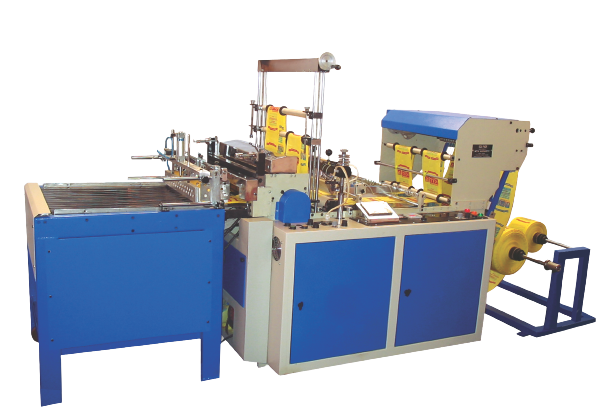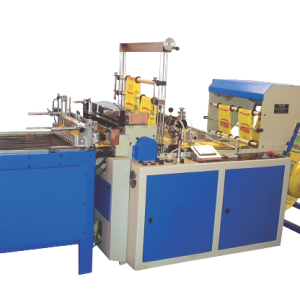
Plastic waste has become a global environmental challenge, urging industries to adopt more efficient and sustainable manufacturing practices. The plastic bag manufacturing sector plays a significant role in this transformation by integrating waste reduction techniques into production. Mita Machinery is committed to revolutionizing plastic bag manufacturing by implementing cutting-edge technologies that minimize waste and promote sustainability.
Graphic Suggestion: An infographic showing the impact of plastic waste and the benefits of waste reduction, placed on the right side.
Plastic waste in manufacturing comes from several sources, including defective production, excess material usage, and inefficient processing. Identifying these sources is the first step toward a sustainable solution.
Common Sources of Waste:
Graphic Suggestion: A flowchart illustrating different sources of plastic waste in the manufacturing process, placed on the left side.
To tackle plastic waste, manufacturers must implement smart, technology-driven strategies that optimize production while maintaining quality.
Advanced extrusion machines ensure that plastic films are produced with exact thickness and uniformity, reducing excess material usage.
Benefits:
Graphic Suggestion: A side-by-side comparison image of traditional vs. precision extrusion technology, placed on the right side.
Using AI-powered sensors and cameras, manufacturers can detect defects in real-time, reducing waste caused by faulty products.
Advantages:
Graphic Suggestion: A diagram showing how AI-driven quality control detects defects, placed on the left side.
Recycling in-house plastic waste is one of the most effective ways to reduce environmental impact. Regrind systems enable manufacturers to collect, process, and reuse plastic scraps within the same production cycle.
Key Benefits:
Graphic Suggestion: A circular diagram representing the recycling loop of plastic scraps, placed on the right side.
Modern film technology allows for the production of thinner yet stronger plastic films, reducing material usage without compromising durability.
Advantages:
Graphic Suggestion: A breakdown image of a multi-layer plastic film structure, placed on the left side.
Integrating smart planning tools helps manufacturers reduce overproduction and material wastage by forecasting demand accurately.
Benefits:
Graphic Suggestion: A graph showing how production planning reduces material waste, placed on the right side.
The industry is shifting towards a circular economy, focusing on reusability and minimal waste production. Emerging trends include:
Graphic Suggestion: A timeline predicting the advancements in waste-free plastic manufacturing, placed on the right side.
Reducing plastic waste is no longer optional but essential for sustainable manufacturing. Mita Machinery is at the forefront of waste-reduction innovations, providing advanced technology for efficient plastic bag production. By adopting precision extrusion, automation, recycling, and lightweight film technology, businesses can achieve eco-friendly manufacturing while maintaining profitability.
Are you ready to minimize waste and enhance sustainability in your plastic bag production? Contact Mita Machinery today to explore cutting-edge waste-reduction solutions.

Hitesh Varyani
A results-driven technology consultant specializing in IT strategy and software solutions, enabling businesses to optimize processes and achieve measurable growth. Skilled in aligning technology with business objectives to deliver sustainable, high-impact results.





MITA MACHINERY is one of the few company in India to offer both LDPE/PP/BOPP BAG making machine and LAMINATE POUCH making machine.
Don’t miss our future updates! Get Subscribed Today!
©2025. Mita Machinery. All Rights Reserved.